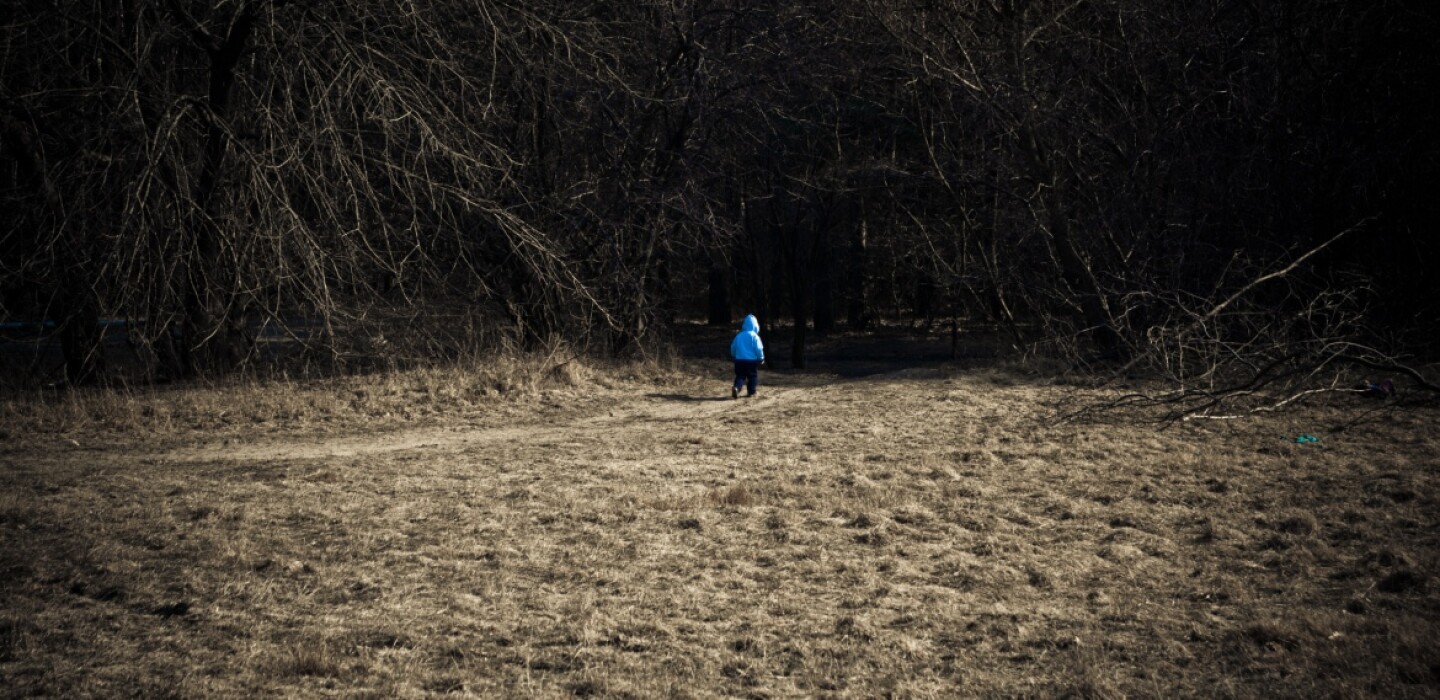
All But One Child Saved in Minnesota Amber Alerts
(TNS) – The emergency notices vibrate our phones, light up billboards, interrupt televisions, radio and everyday lives for good reason.
After an 11-year-old girl of the Navajo Nation was abducted and murdered in 2016, her mother fought for change which led to the Ashlynne Mike Amber Alert in Indian Country Act of 2018 to support tribal communities in developing Amber Alert programs.
Locally, that translated to the delivery of free technology toolkits in May 2023 to all 11 tribes in Minnesota. Kayley Sansom of the Missing and Murdered Indigenous Relatives (MMIR) Office at the state’s Department of Public Safety (DPS) then said that Indigenous people have long been silenced and that the toolkits facilitate faster, stronger communication.
Because of these recent efforts, the groundwork was there to respond in Red Lake.
“All of the time and effort that’s put into the work that we do in Indian Country to train law enforcement, to work with the families…it works, it makes a difference,” said Janell Rasmussen, administrator of the National Amber Alert program.
“Kids are safe today because of the time put in by so many people that dedicate their life to this work.”
She said that weeks after the Red Lake alert, the MMIR and DPS gathered tribal agencies in Minnesota again to debrief: what went right, what did they learn, what could they refine.
Alan Nanavaty, executive director of the missing children division at the National Center for Missing and Exploited Children, said 92 percent of missing Native children are reported outside reservations.
“We’ve really seen an increase in collaboration, more involvement between the state level and the tribes. A lot of work to be done, you know, but it’s definitely trending in the right direction,” he said.
Criteria and community buy-in
Amber works because the alerts are rare by design and Minnesotans stay aware.
The state is careful not to overuse the system and desensitize the public, Rasmussen said. Each state sets its criteria for issuing an alert.
In Minnesota, the BCA requires the child to be in imminent danger and younger than 17. There has to be detailed information to disseminate to the public, too, like a suspect vehicle description. Without that, the public wouldn’t know what to look for.
The BCA issues an alert by request if criteria is met. Phones are activated statewide. TV and radio share the alert every 15 minutes for the first two hours and every 30 minutes for the next three hours. When Amber criteria are not met, local agencies can issue endangered or missing persons alerts.
The 2003 Protect Act established the National Amber Alert Network. Amber is an acronym for “America’s Missing Broadcast Emergency Response,” harkening back to the days when alerts didn’t ping cell phones.
No matter the means of delivering alerts, Amber Alert’s near-perfect success rate in Minnesota has remained the same for decades, largely because of vigilant citizens.
In 2013, the system was the first in the nation to successfully send alerts to cellphones, leading to the quick recovery of an abducted baby in Minneapolis. The brand-new alert flashed on a teenager’s cellphone, he spotted the abandoned car and called 911.
It’s a similar story for Barb Gusse. She had just come in from filling the bird feeders in the winter of 2021 when her phone buzzed. She noticed a lone vehicle idling in the church parking lot across from her Brooklyn Center home. She grabbed her binoculars and zeroed in on the license plate. A match.
In the back seat, a crying baby was recovered in the stolen vehicle.
“My heart went to my feet,” Gusse then told the Star Tribune. “I was shaking so bad I couldn’t hold a cup.”
Despite the mayor of Minneapolis proclaiming a Barbara Gusse Day in her honor, she took little credit for her actions.
“I’m no hero,” Gusse said. “I’m just a grandmother.”
The work carries on
Alayna Ertl is the one child Minnesota’s Amber Alert system couldn’t save.
The 5-year-old girl was murdered in 2016 by the time her parents woke up and didn’t find her in bed. It was too late by the time an alert was issued.
Minnesota’s system mirrors national data showing that 99 percent of missing children are found safe.
Rasmussen, who hails from Mapleton, Minn., and previously worked at the BCA, said Minnesota was an Amber Alert leader from the onset.
“In the state of Minnesota, people really came together. And I think honestly, a lot of that has to do with Patty,” she said.
A few weeks ago, they were in Washington, D.C., for National Missing Children’s Day, where Wetterling served as keynote speaker. She doesn’t dwell on what could’ve been if an alert had been issued for her son Jacob. Instead her energy is focused on traveling the nation to help train law enforcement and support other searching families.
Theresa Jourdain is still looking for her son Jeremey, who was 17 when he went missing in Bemidji more than six years ago. The mother organizes search parties to this day, and she also looks for Nevaeh Kingbird, who was 15 when she disappeared in Bemidji in 2021.
They are among the 30 children from Minnesota listed on the National Center for Missing and Exploited Children.
“I’ve met so many family members now, and everybody has their own experience, and each time we find another piece that maybe we can fix this or fix that,” Wetterling said.
“There’s strength in the resilience of these searching parents.”
©2024 StarTribune. Visit startribune.com. Distributed by Tribune Content Agency, LLC.


Average Rating